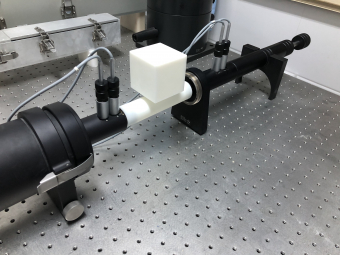Acoustic energy research could improve the quality of ultrasonic imaging
A high-quality acoustic system that could be used to improve non-invasive ultrasonic imaging and sensing is part of world-first research by an international team led by UNSW Canberra.


